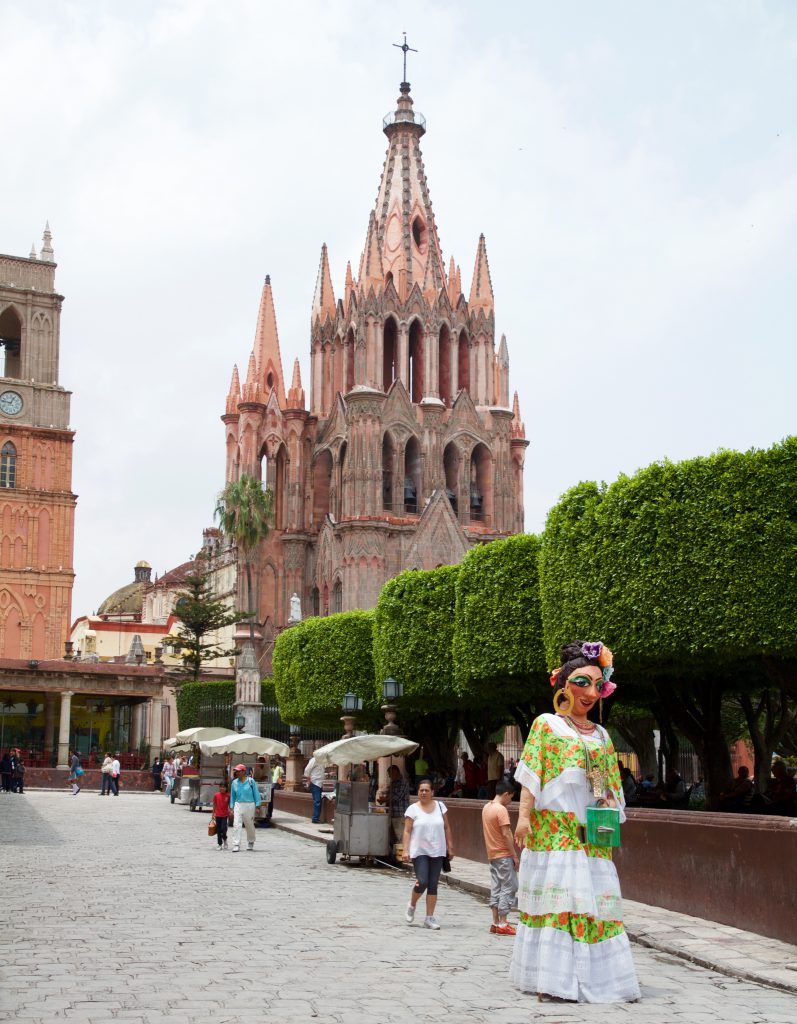
Before continuing our journey south, there are a couple towns a few hours north of Mexico city we needed to visit.
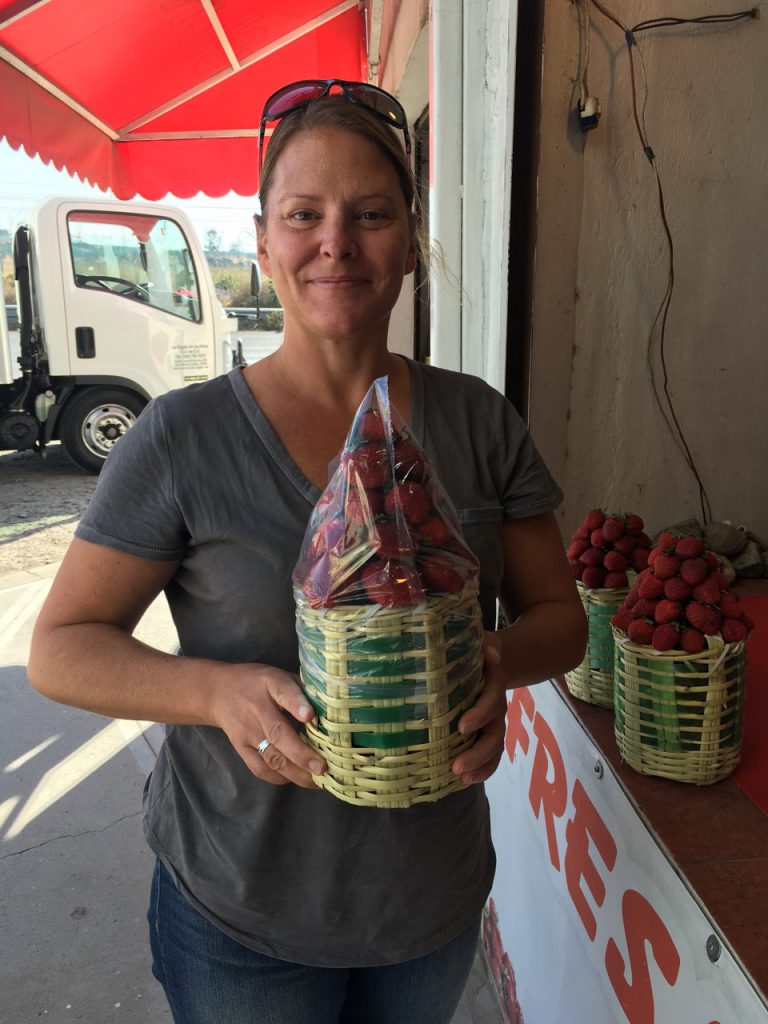
First…a highway stop for a mountain of strawberries.
San Miguel de Allende is known as one of the most beautiful cities in Mexico.
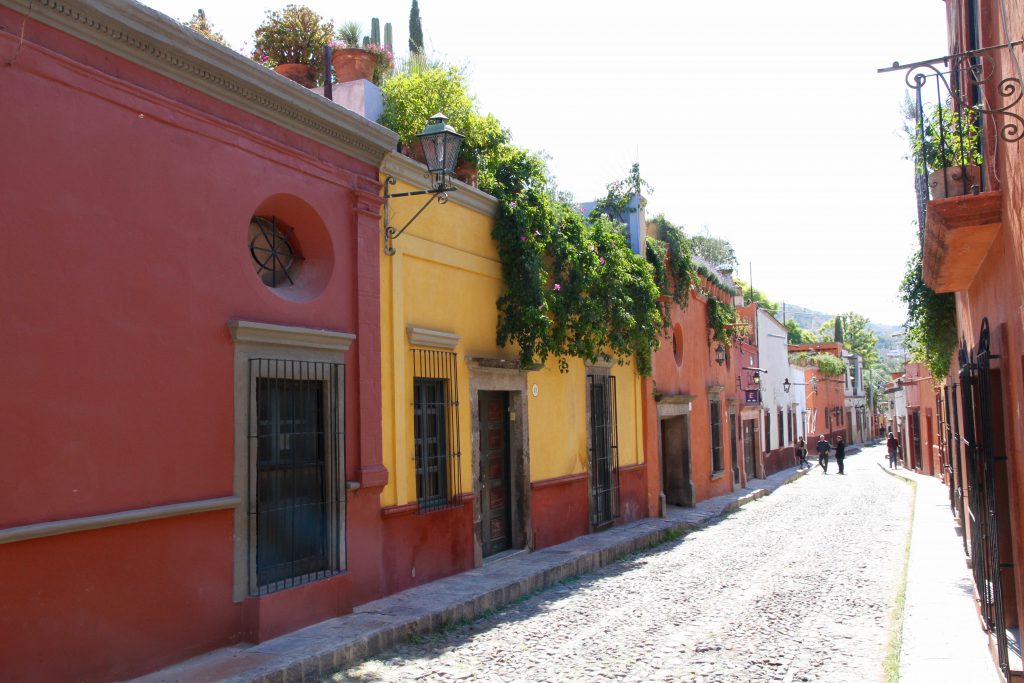
The preservation of its colonial buildings and its importance during the fight for independence from Spain has helped earn it a UNESCO heritage designation
Beautiful architecture, a perfect climate and a thriving arts scene have also made it very popular with Canadian, American and European expats who either winter here or live full time.

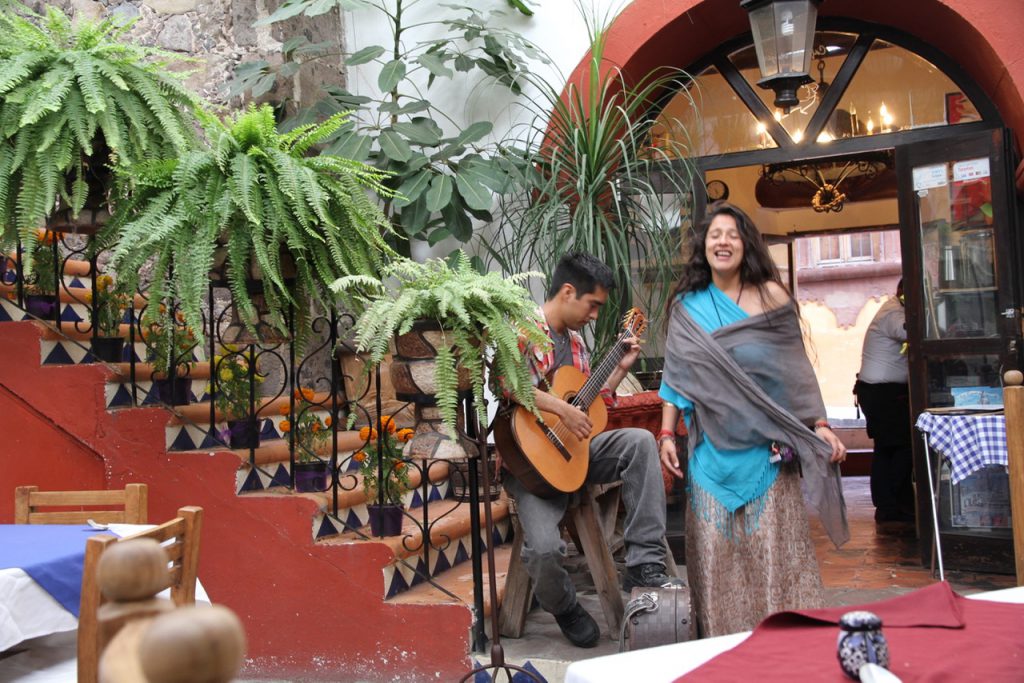
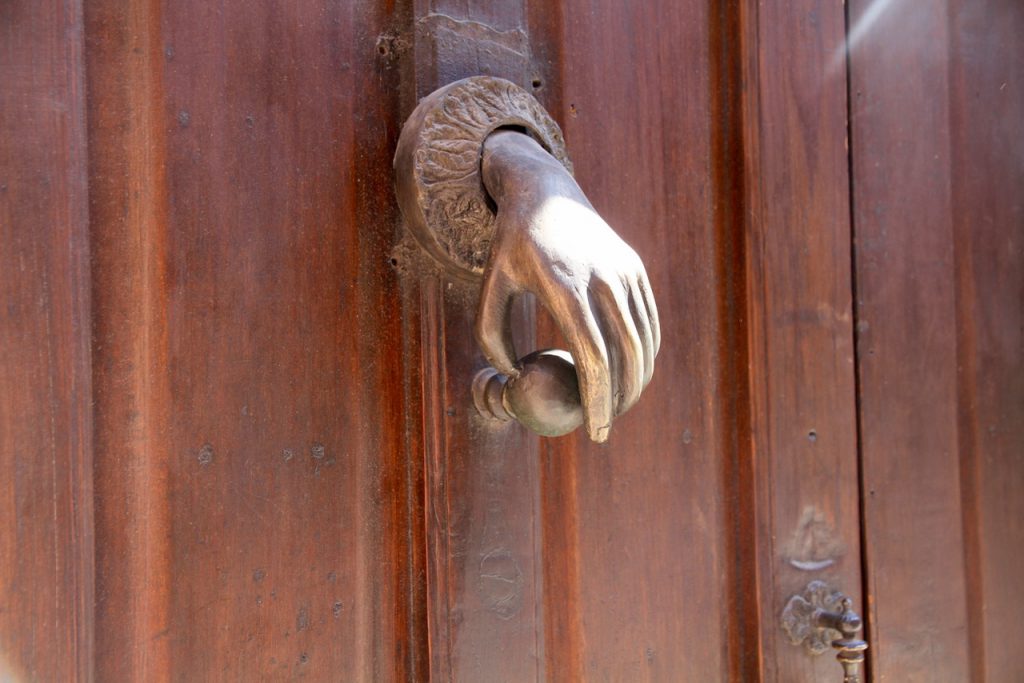
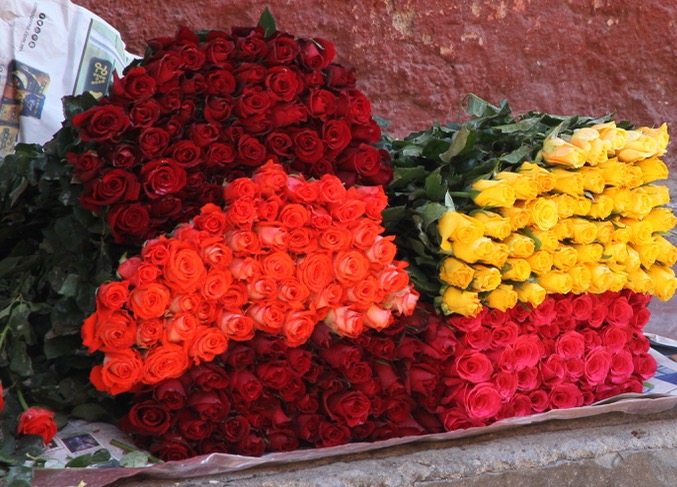
So while some may no longer consider it the most authentic Mexican town, it is a very nice place to spend a few days of our journey.
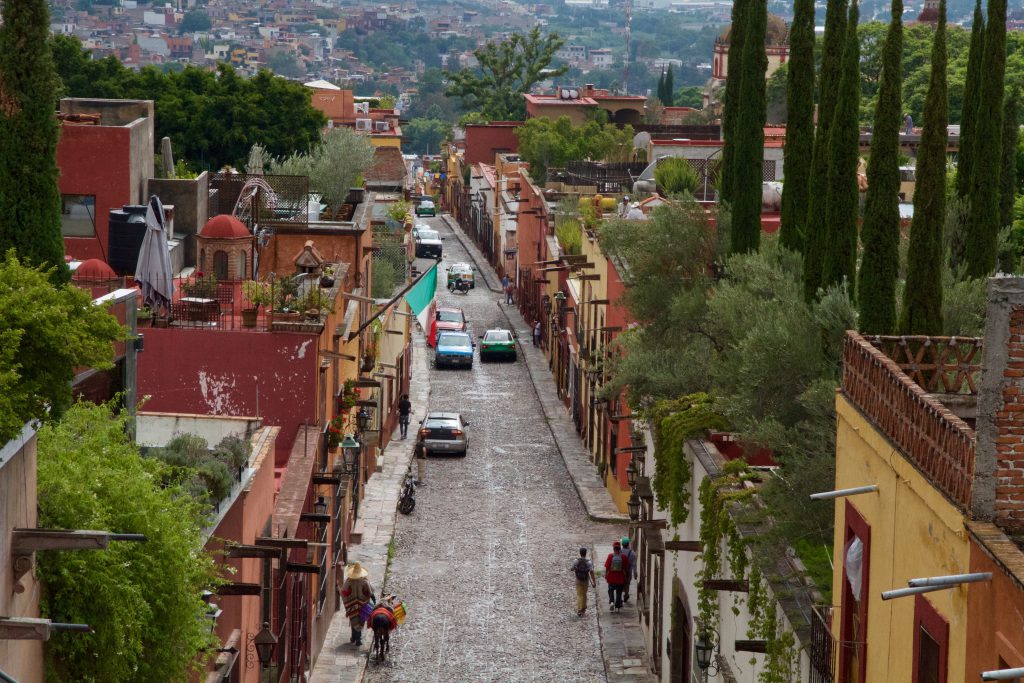
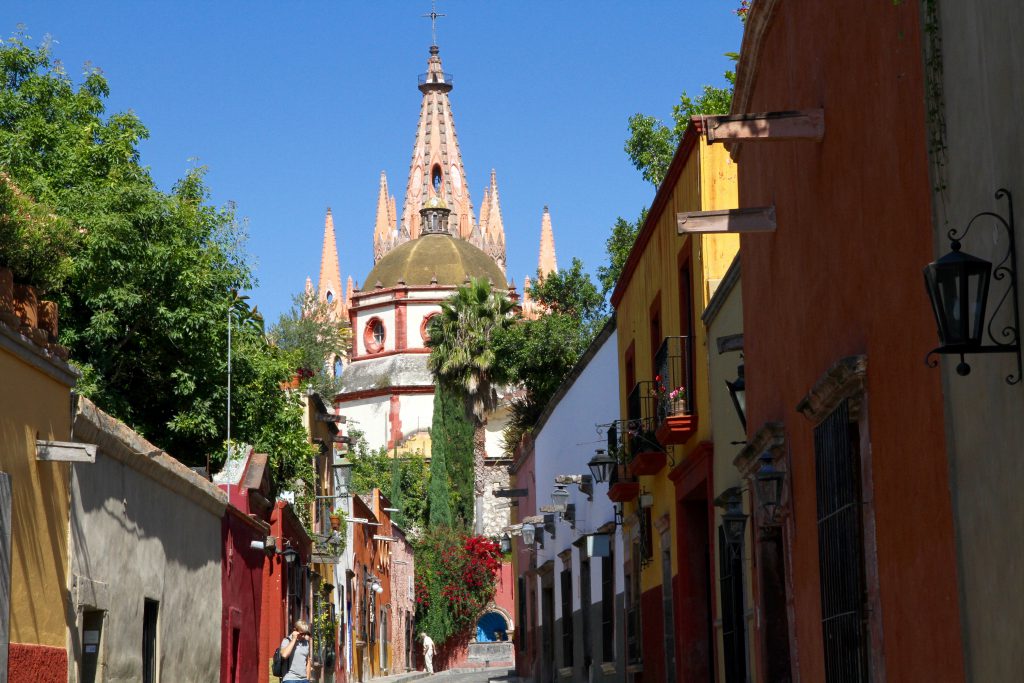
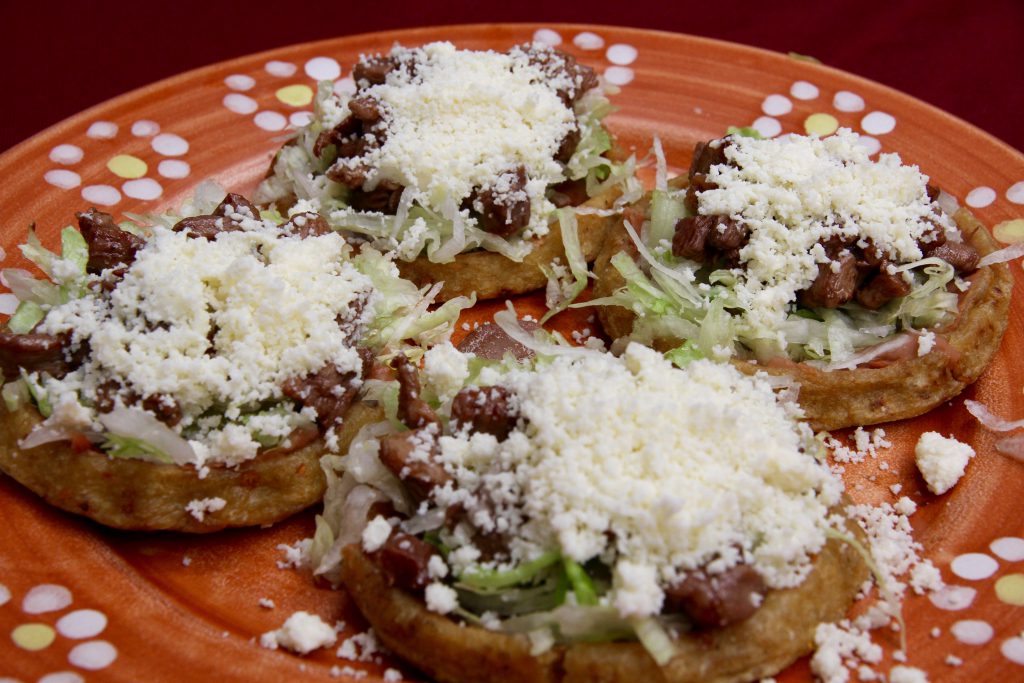
Sopes…heavy, but tasty!
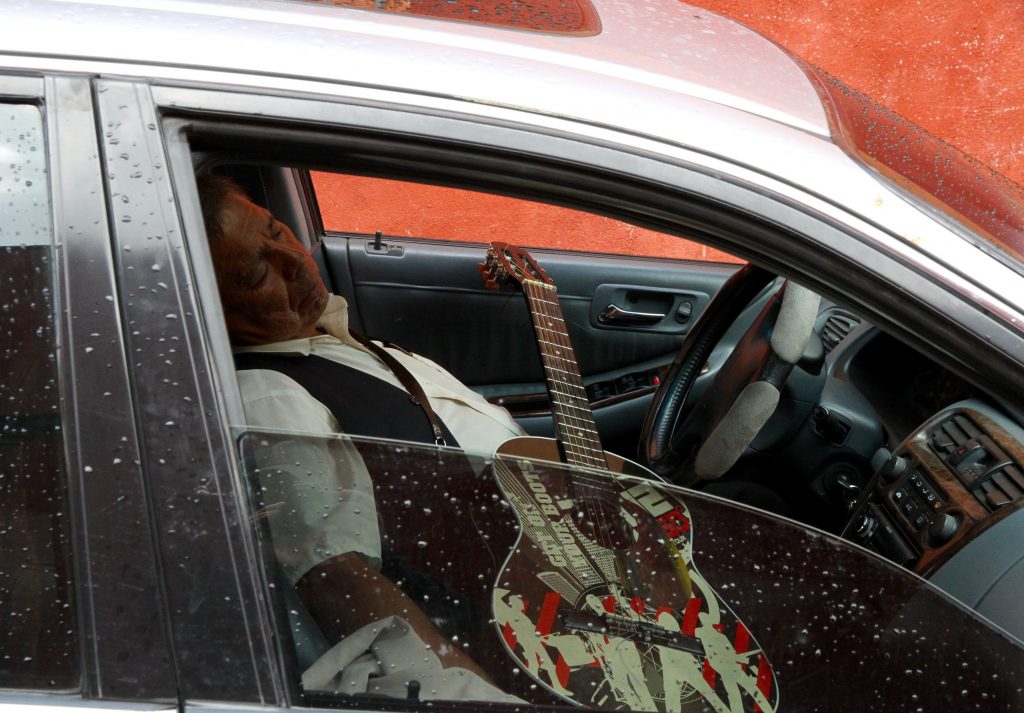
Catching a few winks before the big gig.
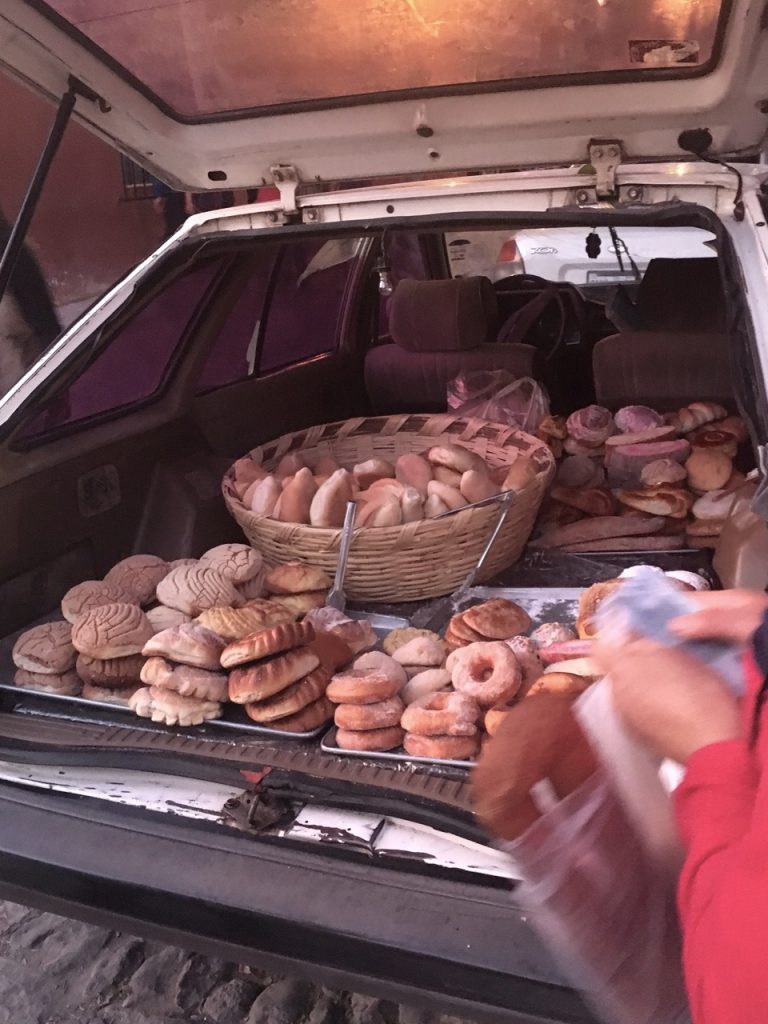
Sometimes the best food comes from the most unlikely places.
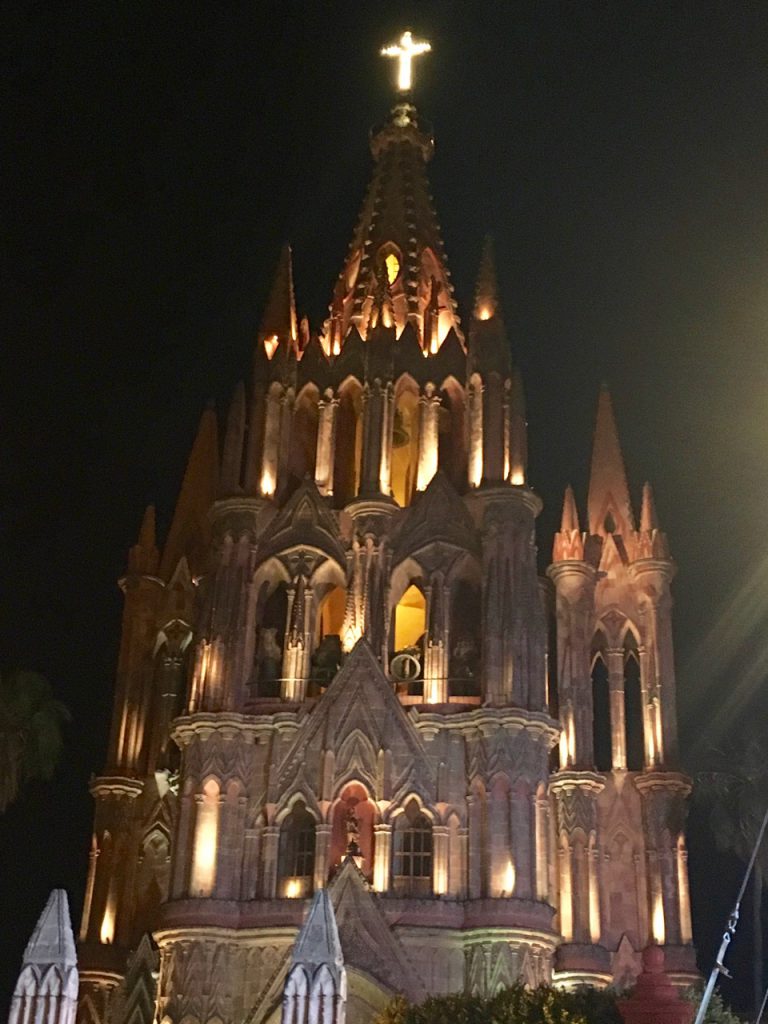
From San Miguel we head to the city of Guanajuato. One of our favorite cities in Mexico.
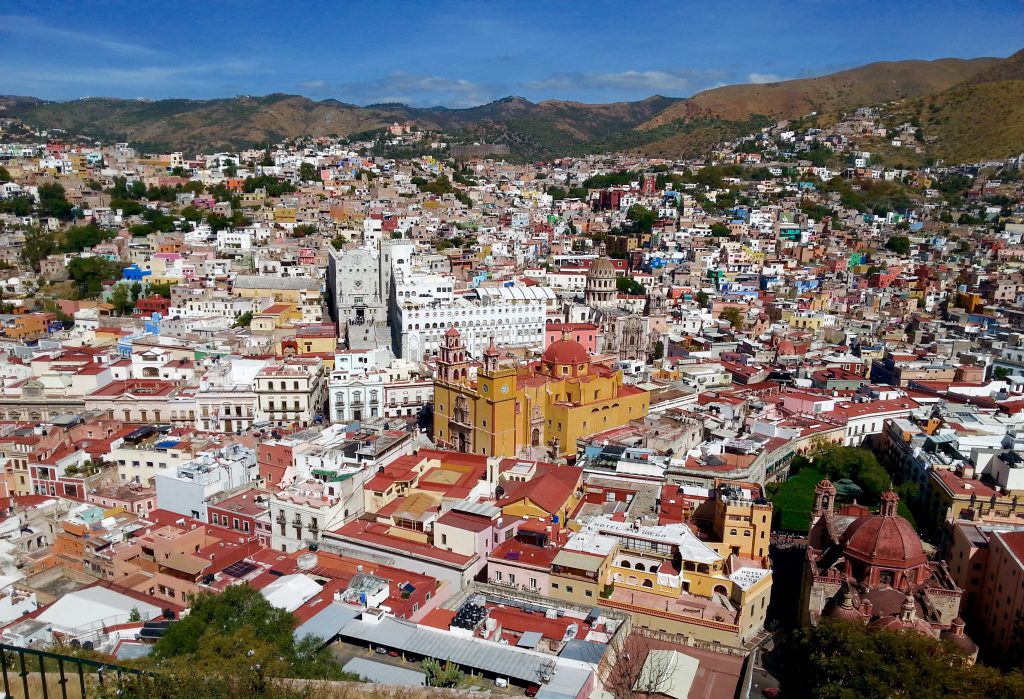

Excellent spot to camp right in town.
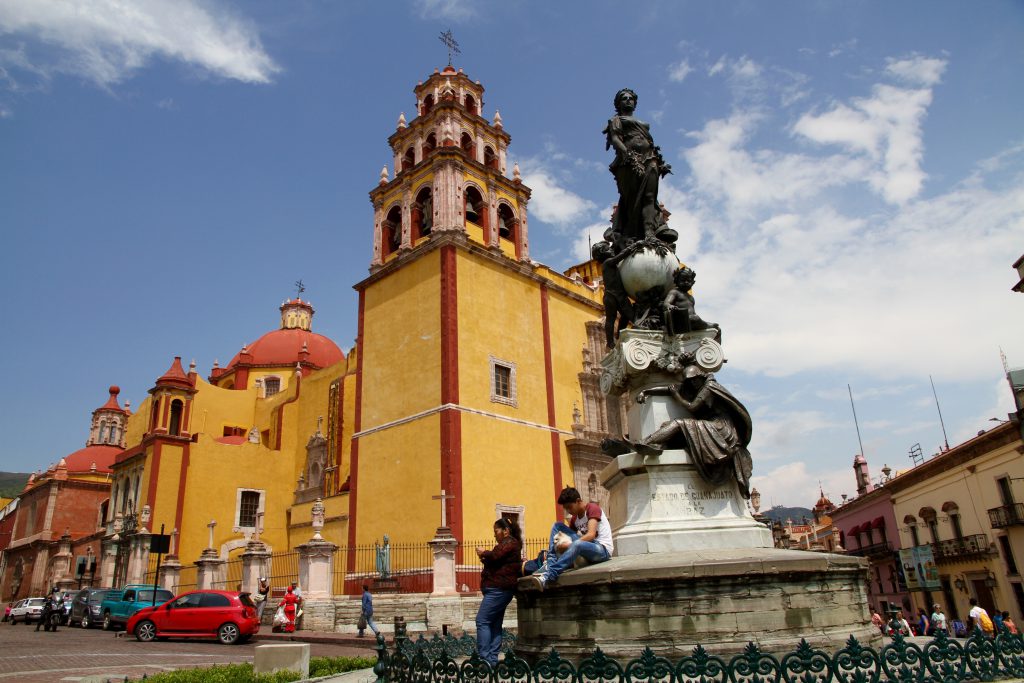
Founded in 1559 Guanajuato was the world’s leader in silver mining in the 1700s.
In 1810 it became the birthplace of the Mexican Independence movement.
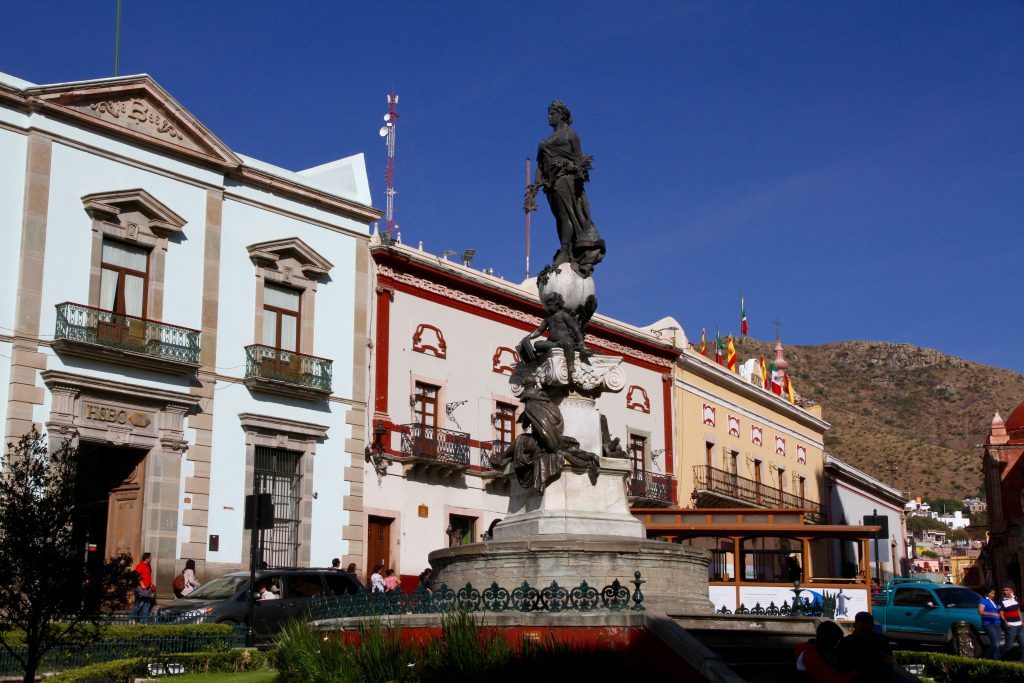
Surrounded by mountains, the colourful colonial buildings and plazas, buzzing local markets and cobblestoned streets make it a great place to spend some time exploring.
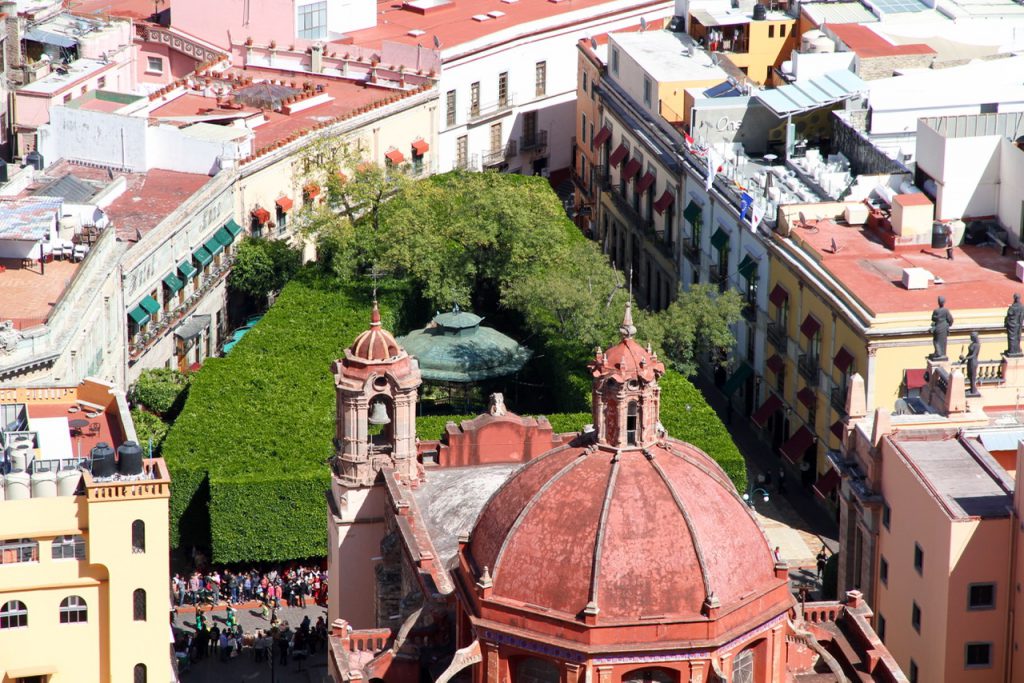
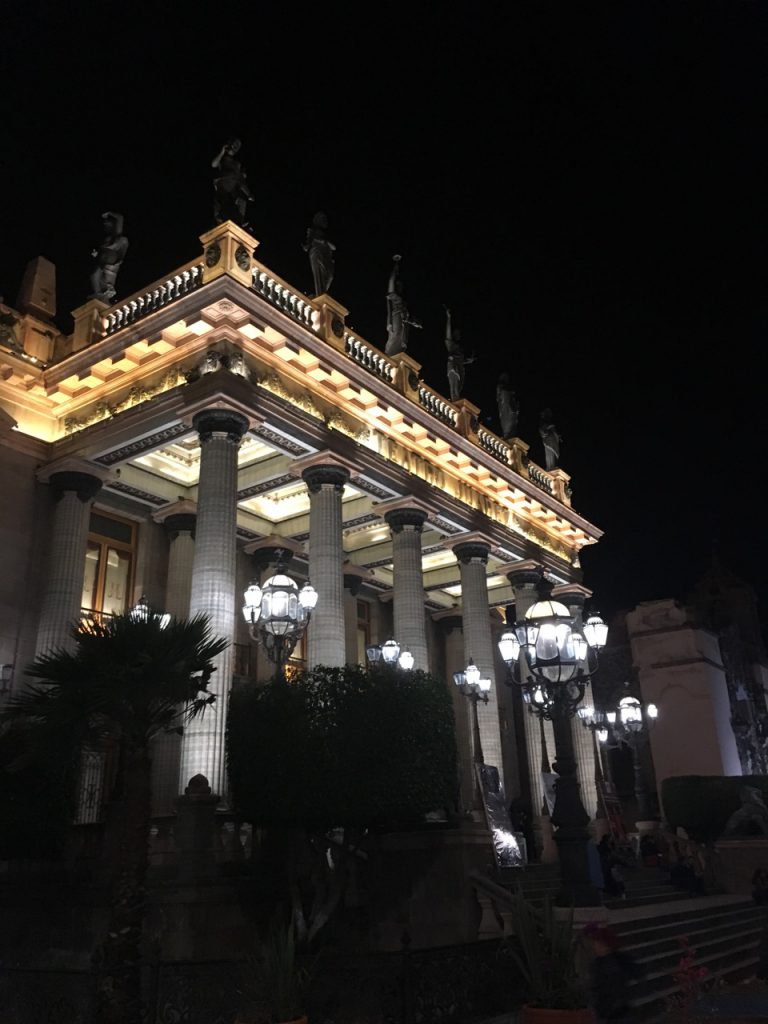
Teatro Juarez
The University of Guanajuato is found here which ensures a young energetic feel and a variety of great food and watering hole options.
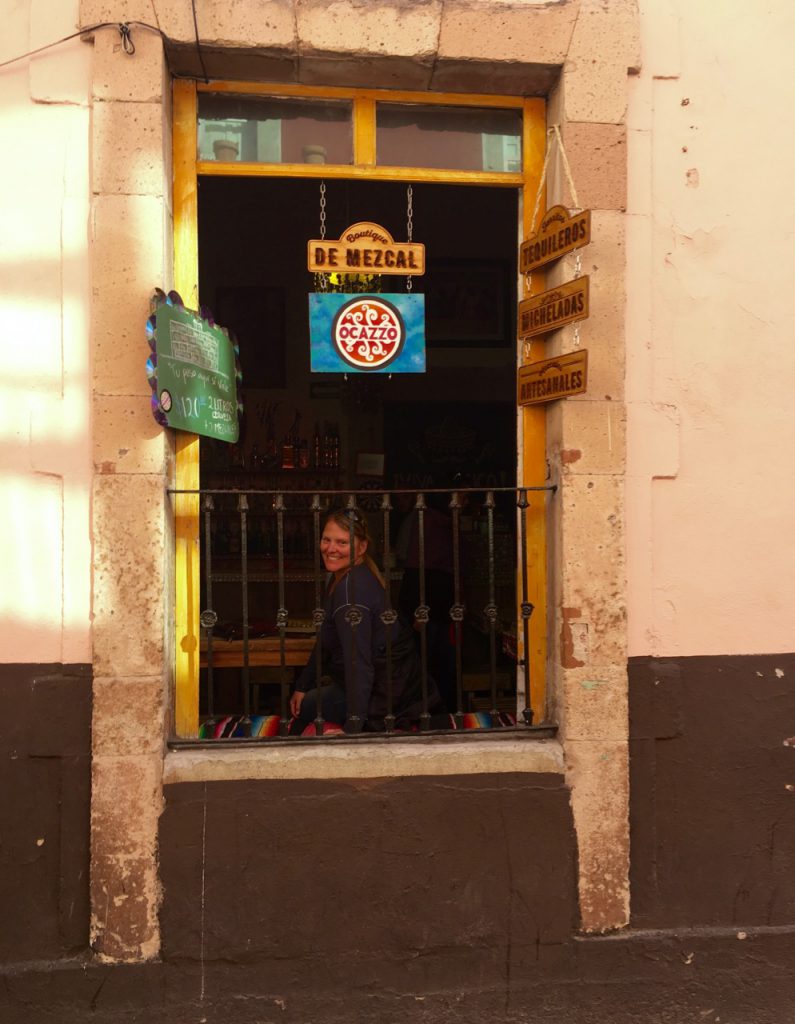
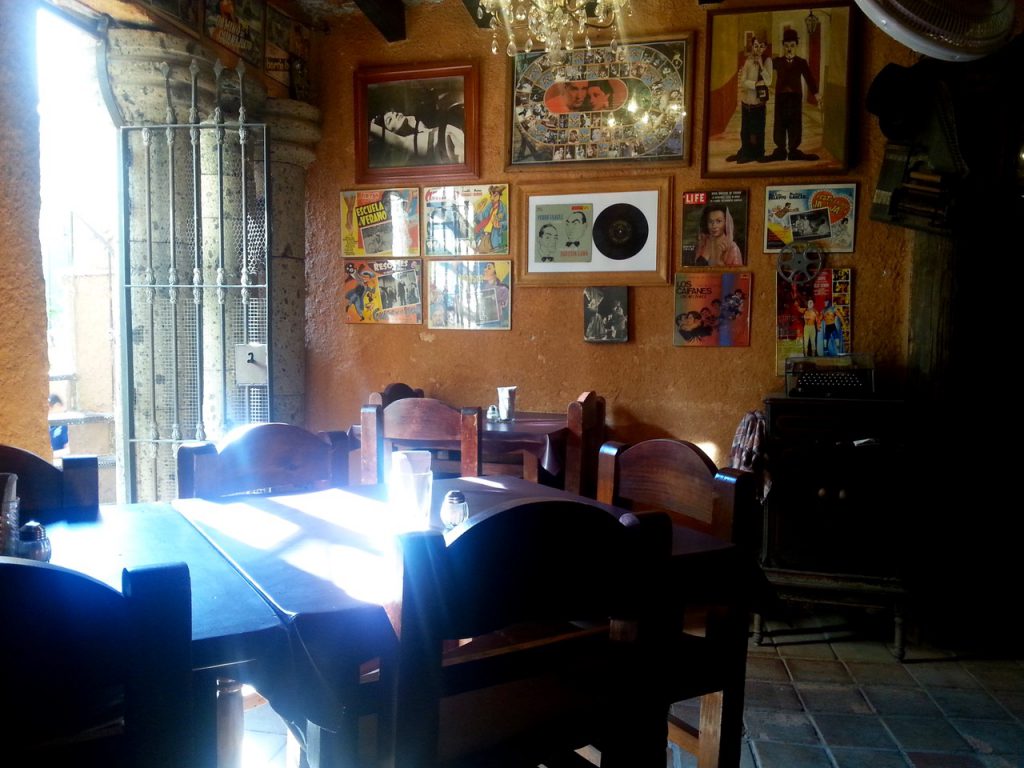
Our favourite Cantina in Guanajuato. With every beer ordered a complimentary snack arrives. The more beer, the better the snack.
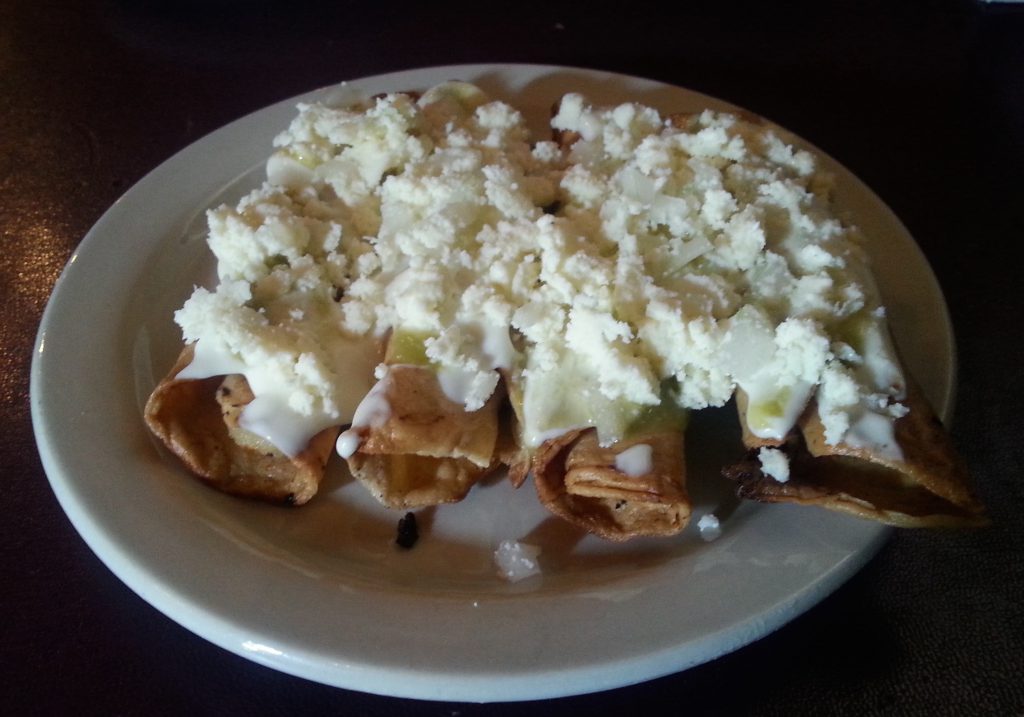
Snack # 1: Tacos dorados or golden tacos are filled with chicken topped with salsa verde, crema and queso fresco.

There is always a mariachi close by if you need one.
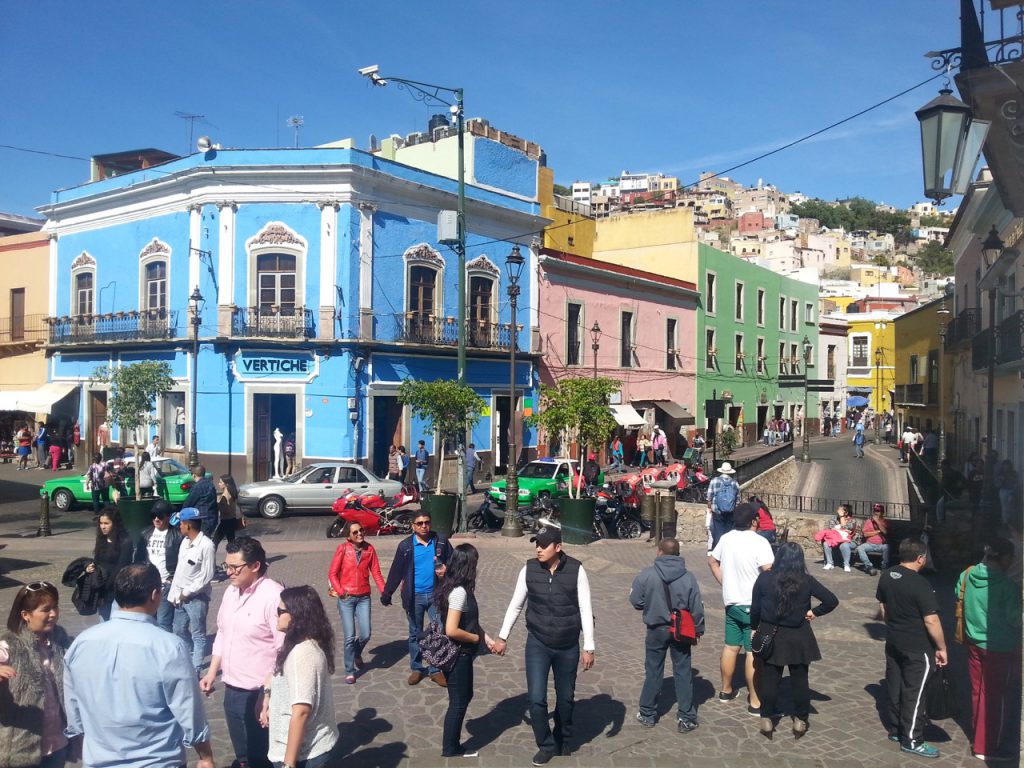
Guanajuato is hooked on the Spanish literary work Don Quixote and its author Miguel de Cervantes.
From plazas and theatres in his name, art installations and the annual International Art Festival Cervantino, Don Quixote is a theme all over town.
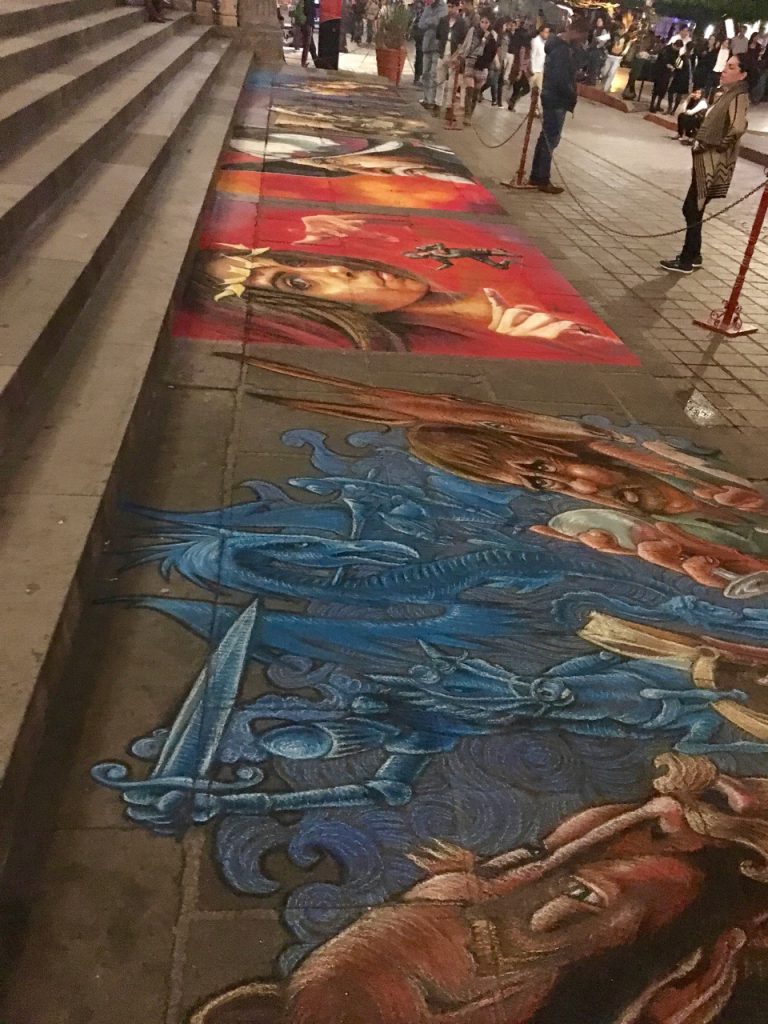
100s of sidewalk illustrations lined the streets for a Don Quixote art competition.
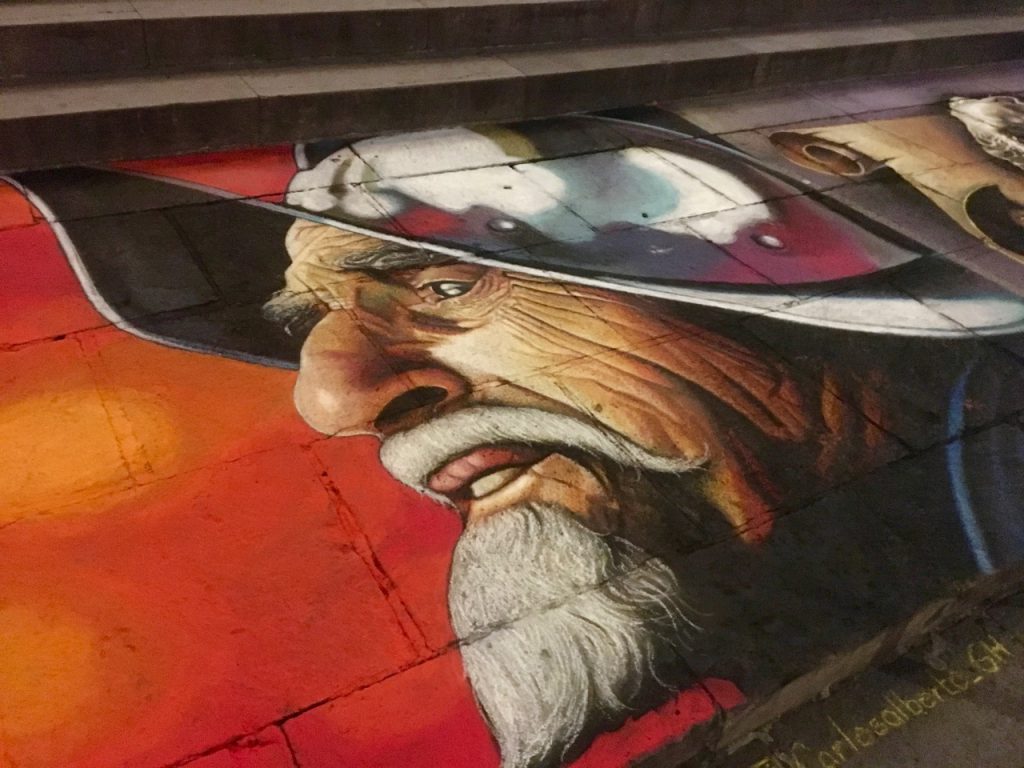
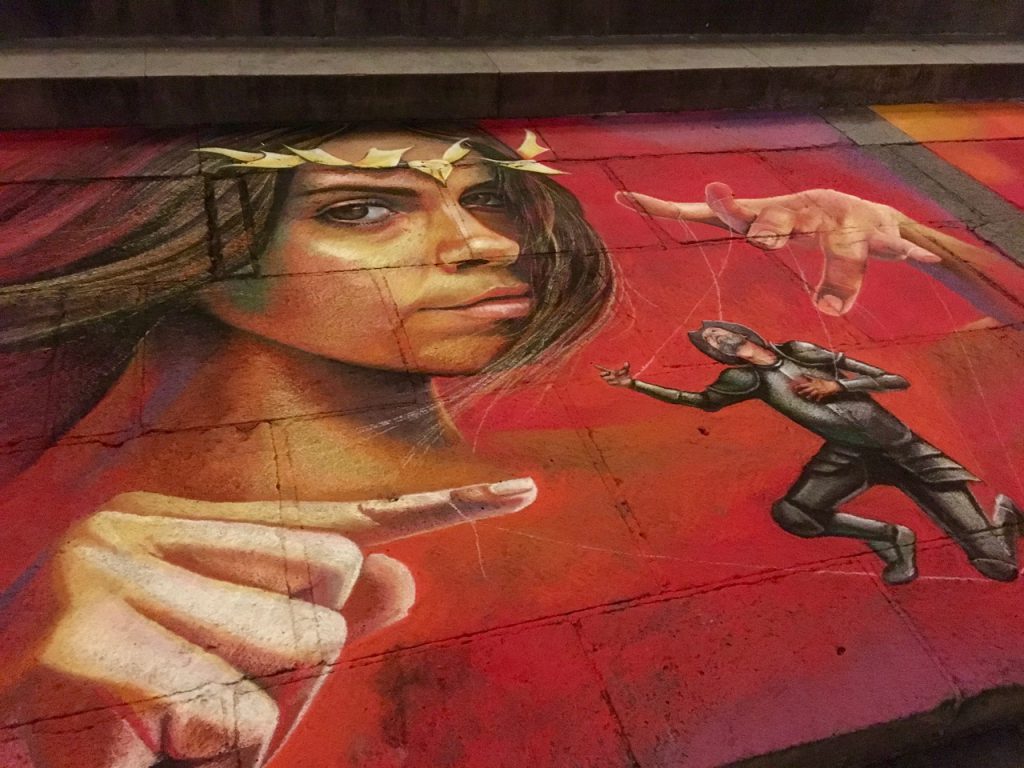
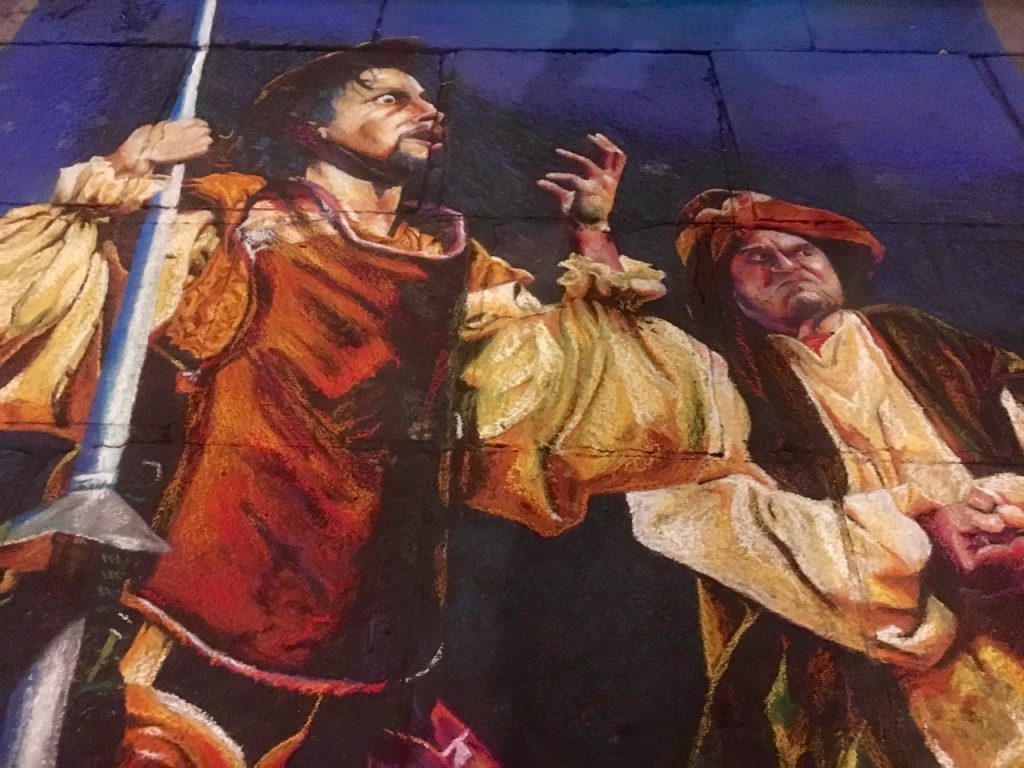
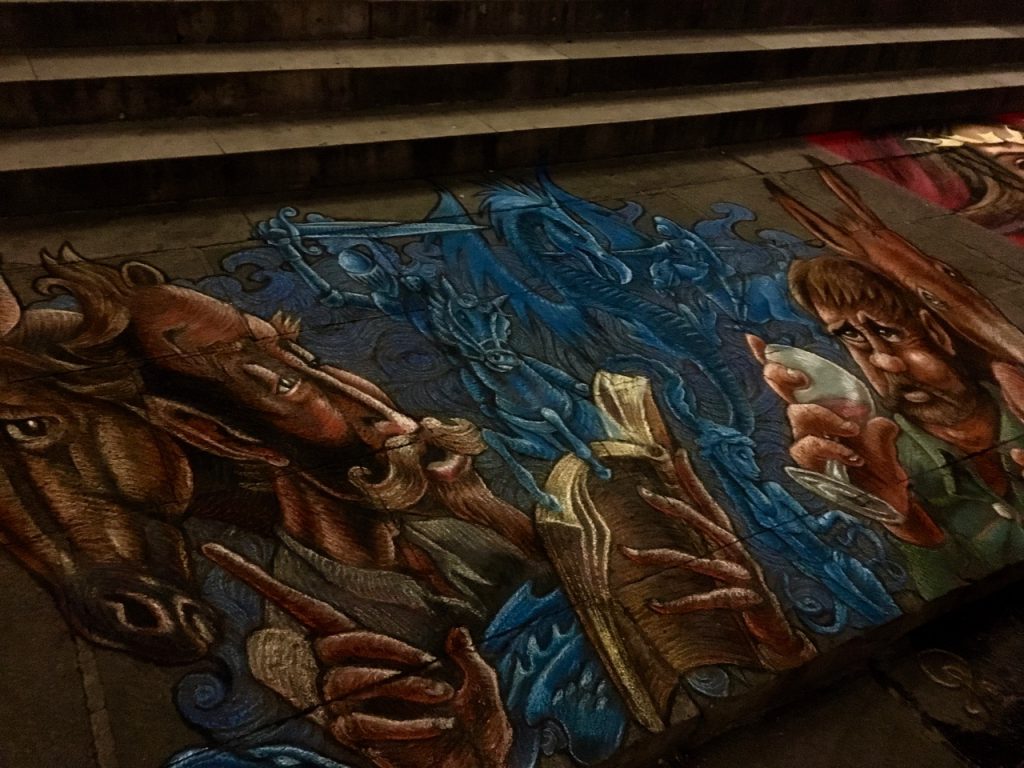
A labyrinth of tunnels snake their way under the city of Guanajuato.
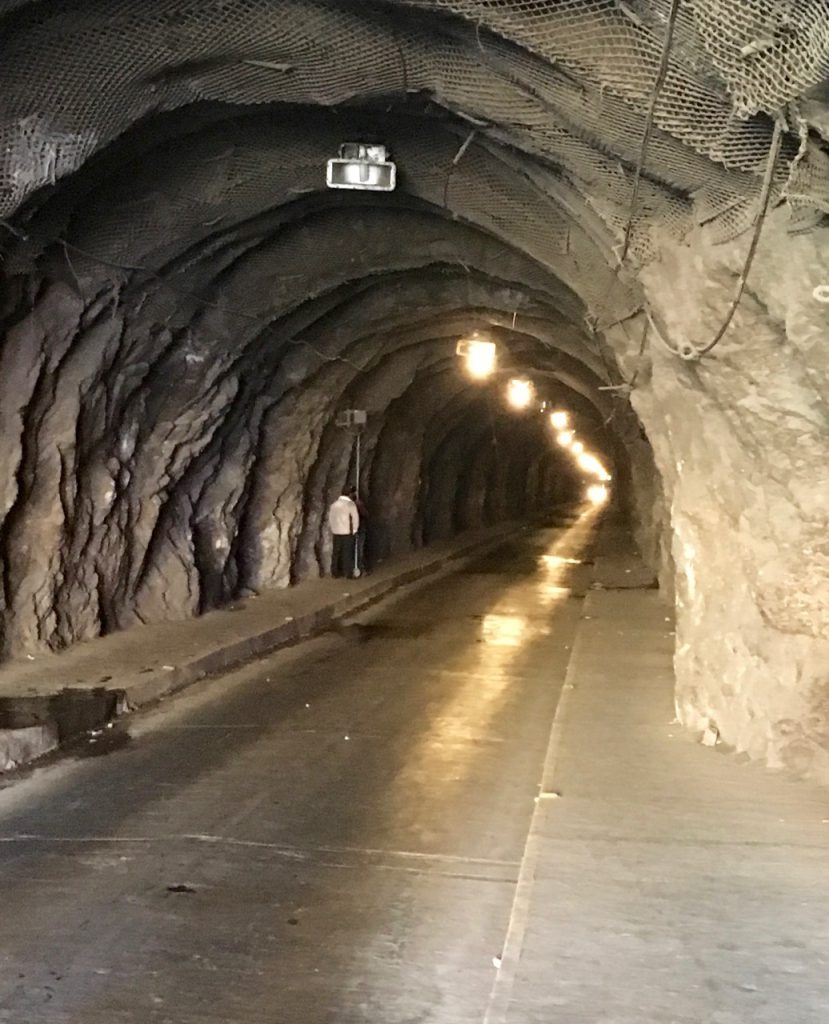
What was once the Rio Guanajuato, the river was rerouted due to continual flooding and the tunnels were converted into the roadways and pedestrian walkways that are now essential to maneuver around the city.
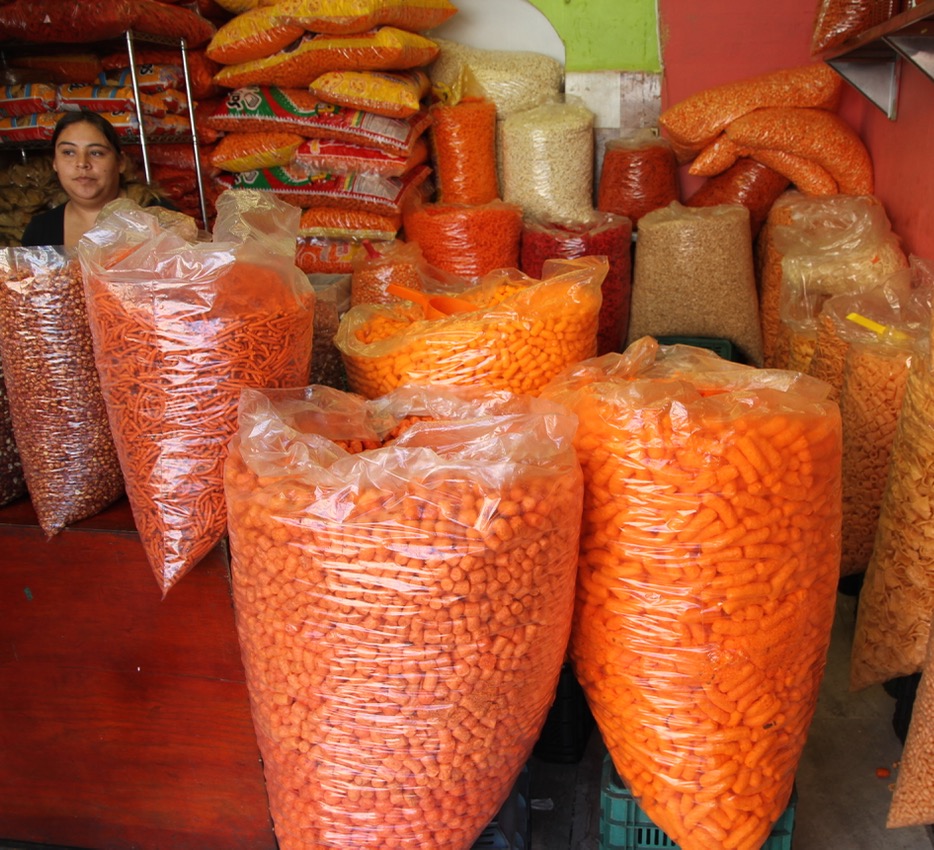
Garbage bags of cheezies for sale all over town. Who eats these things??
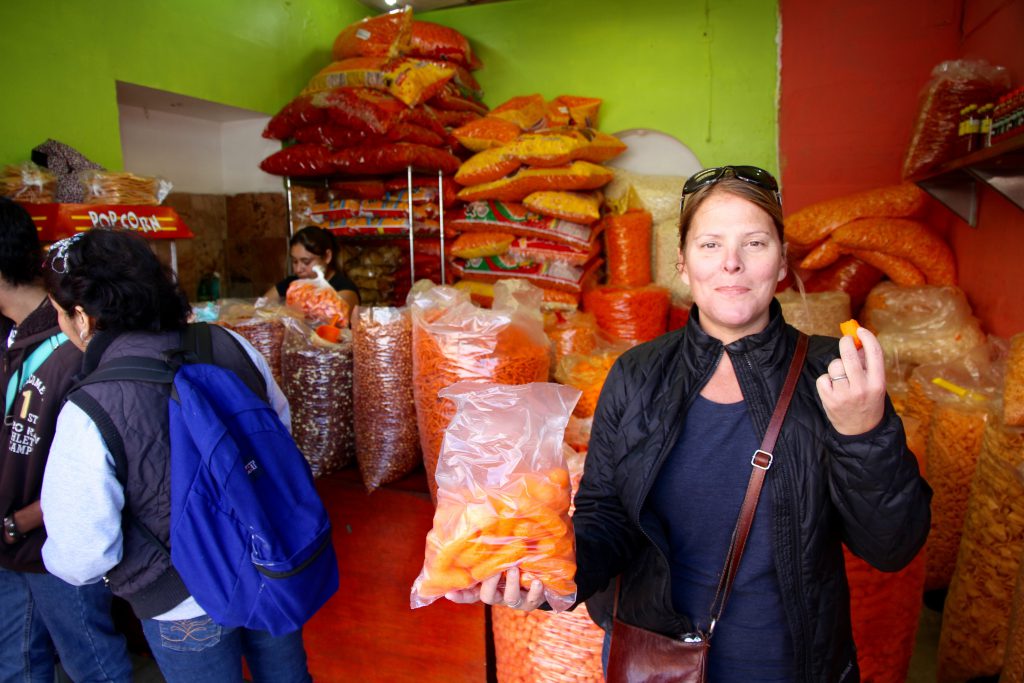
Oh.
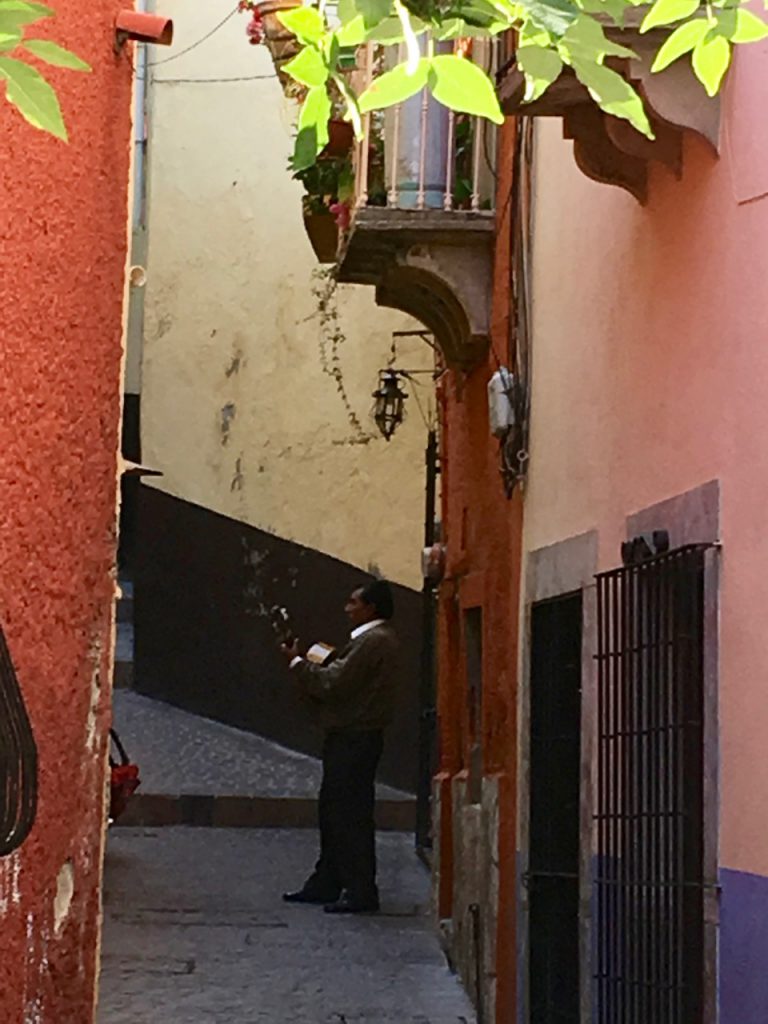
We could of spent much more time poking around the alleys of Guanajuato but after 4 days it was time to start heading South again, back around the East side of Mexico City to the city of Puebla and it’s suburb, Cholula.
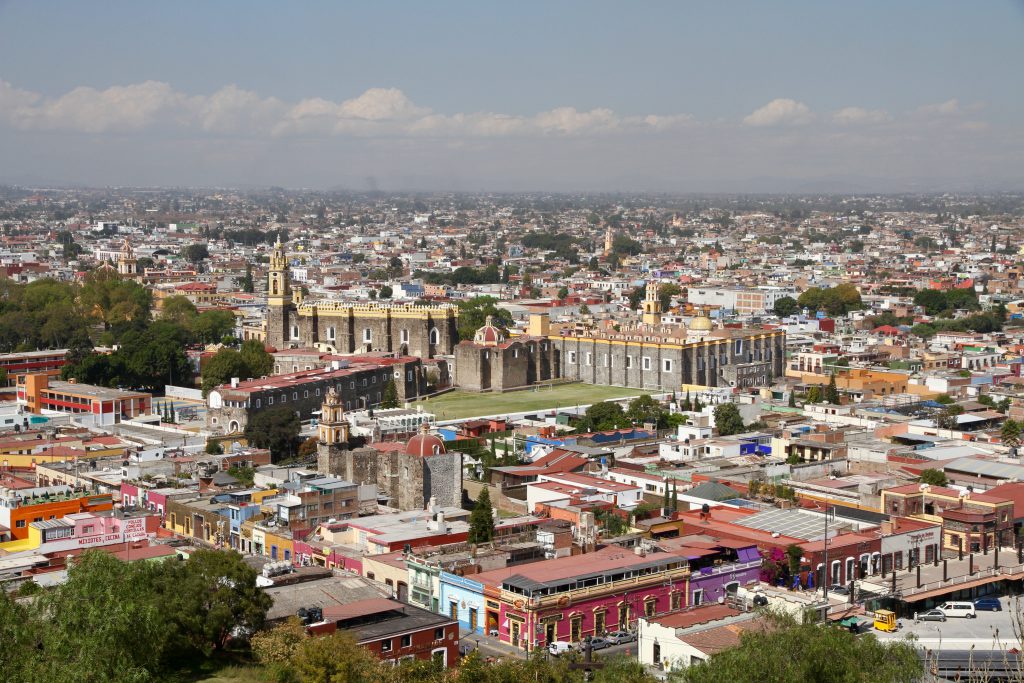
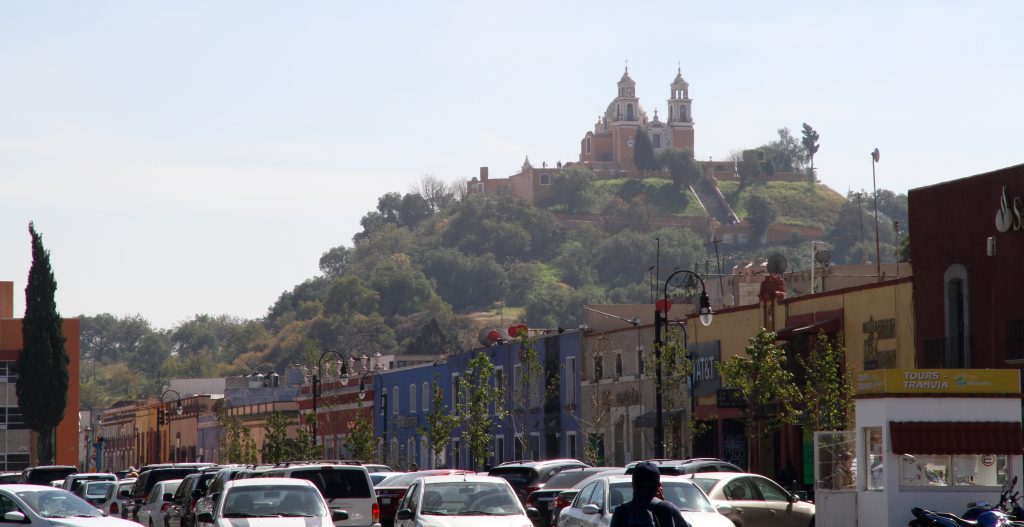

The Church of Her Lady of Remedies sits atop the Great Pyramid of Cholula, The largest pyramid known to exist in the world today.
Due to the religious significance of the church, much of the pyramid has not been excavated.
One of the highlights of town for us was the Cholula Municipal Market.

A first step in preparing pig head tacos.
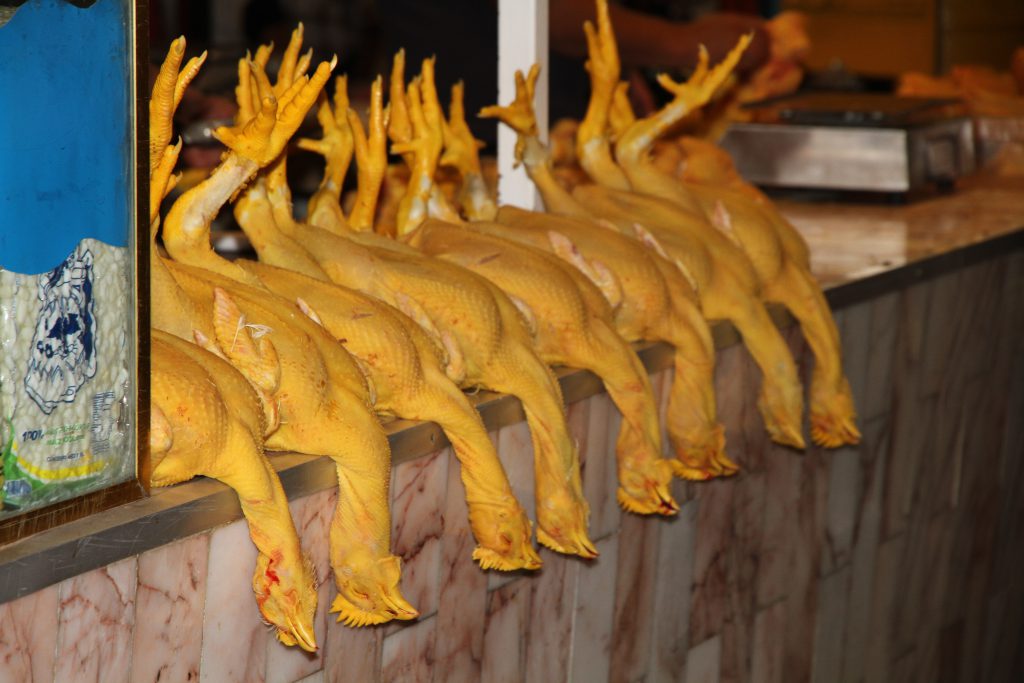
In addition to an abundance of meat and produce stands the cooked food stalls were some of the best we’ve encountered.
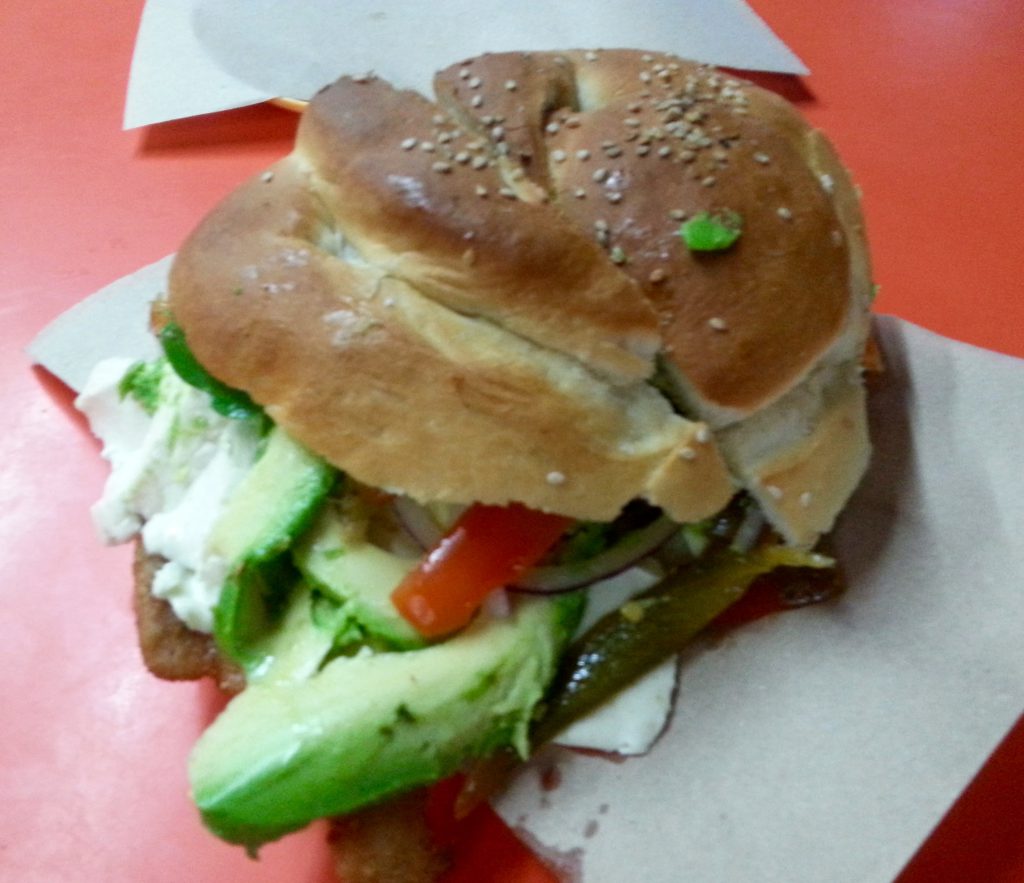
The Torta specific to the Puebla / Cholula area is known as the Cemita.
This one was made with Milanese Pork, onion, avocado, two types of chiles, a strong Mexican herb known as papalo, Oaxaca style string cheese and farmers cheese…Delicious.
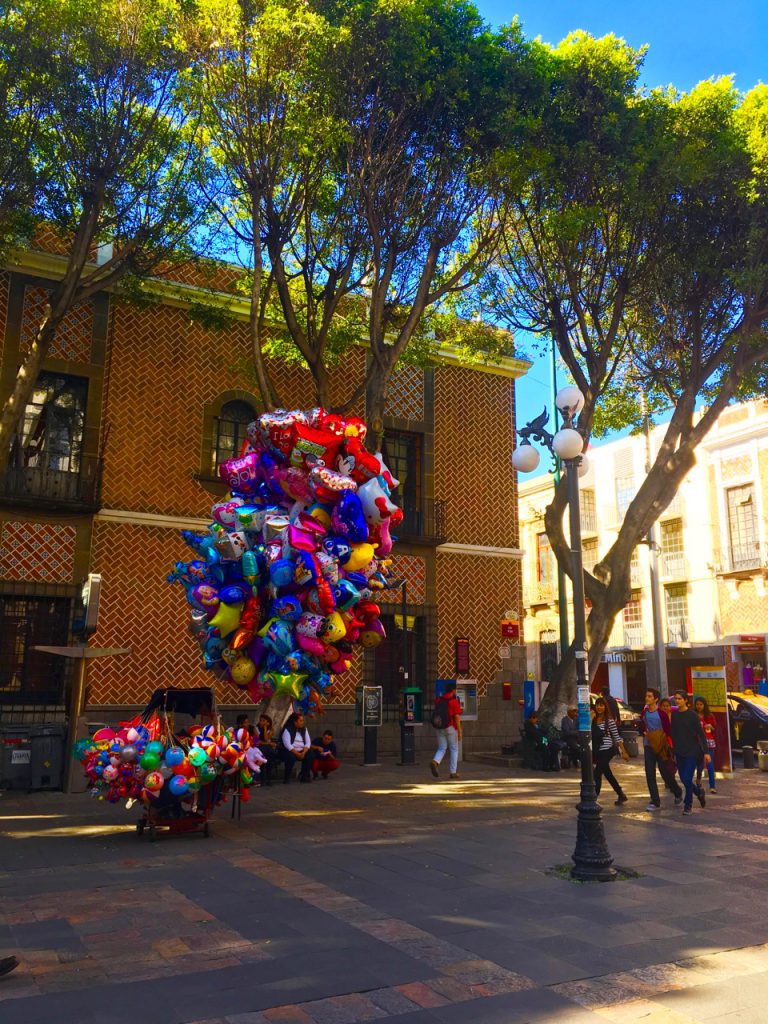
Puebla and Cholula are home to the world famous Talavera Pottery.
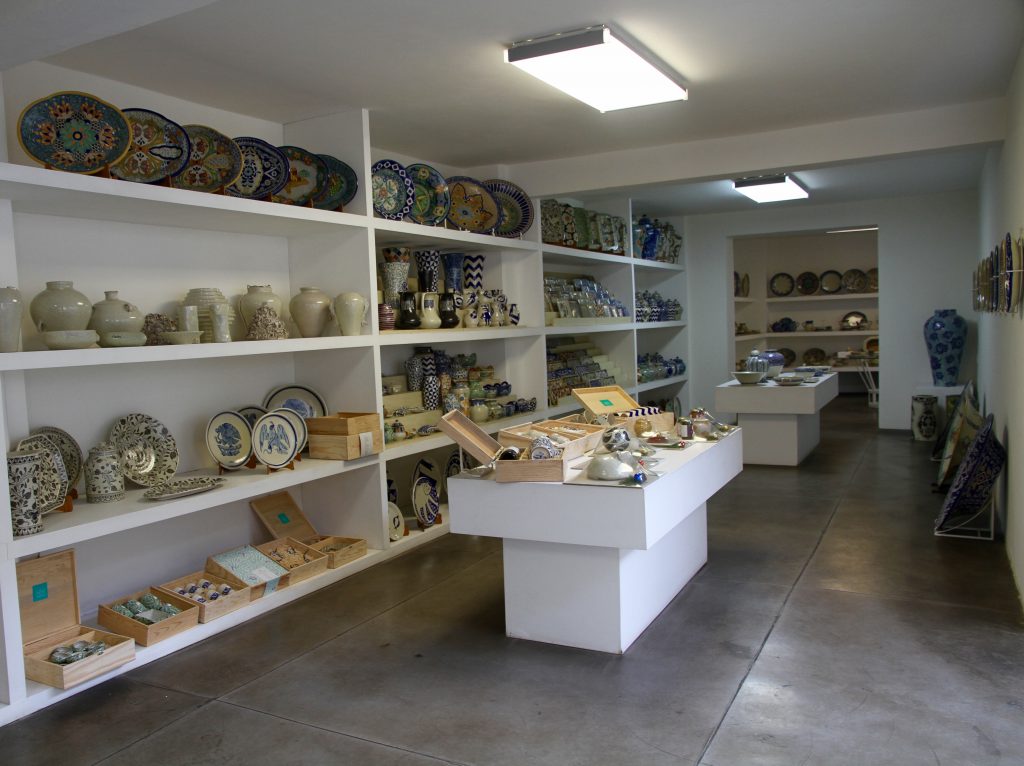
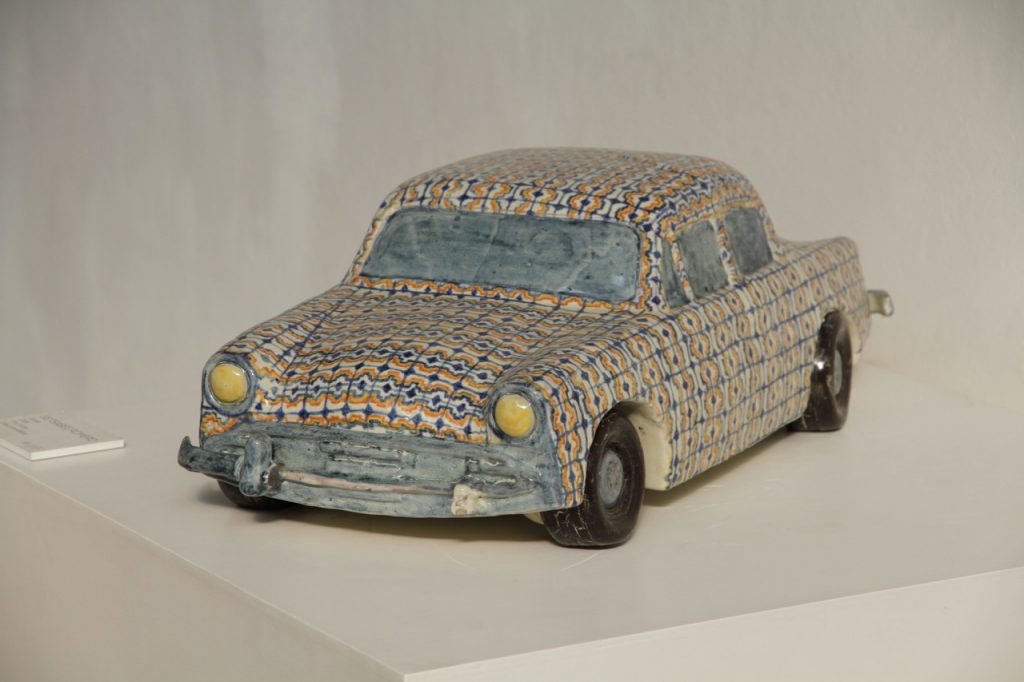
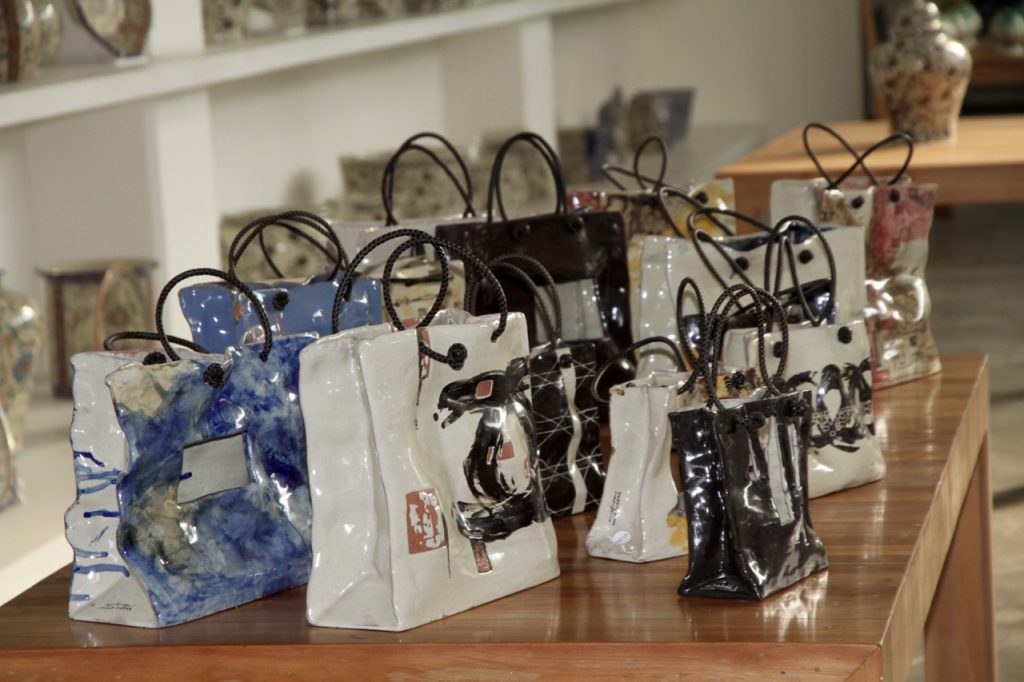

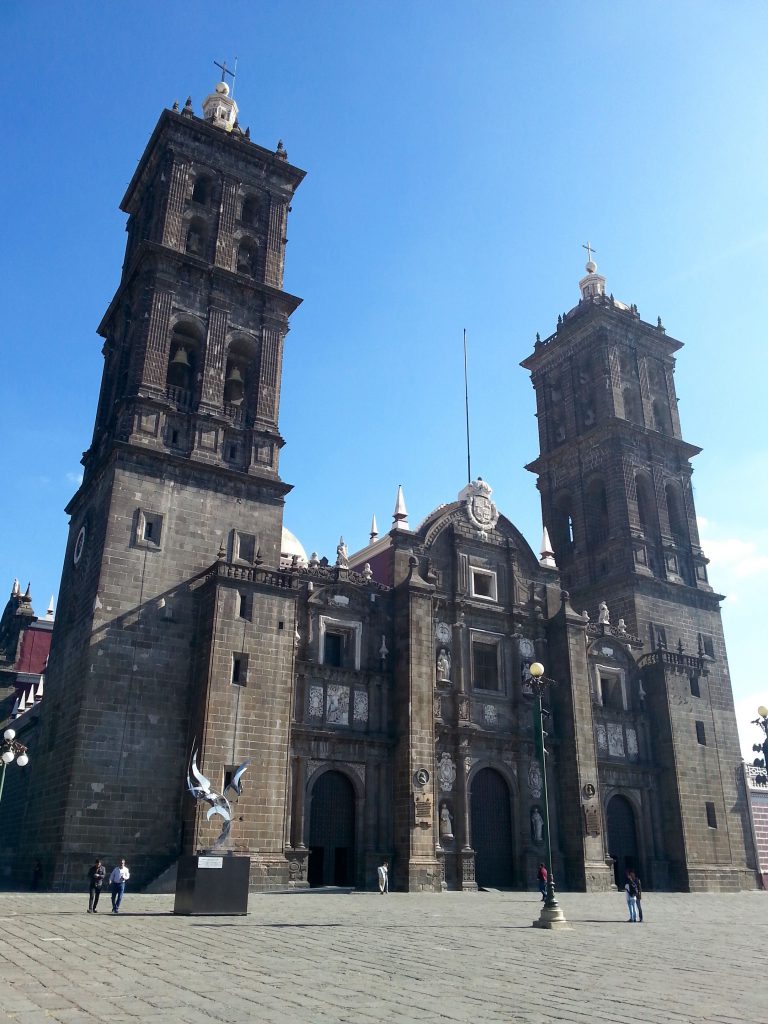
From Puebla / Cholula we are off to the state of Oaxaca and stops in Oaxaca City and down to the Oaxaca Coast.







